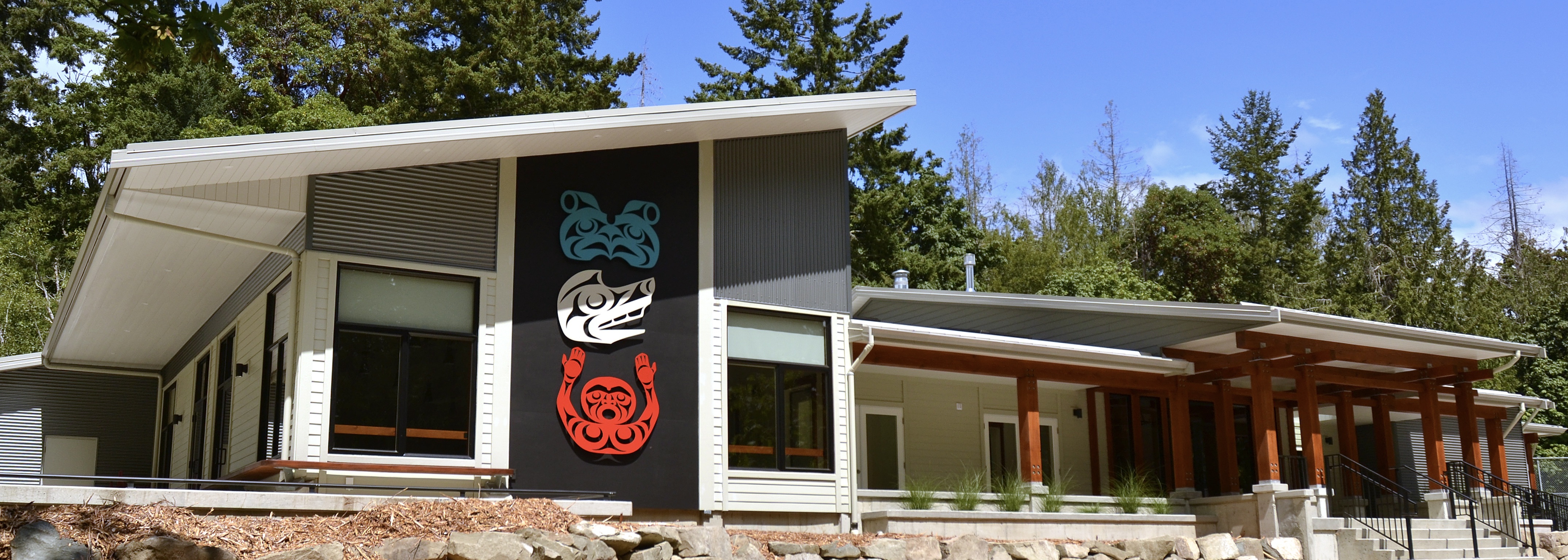Community Bat Program ~ for Immediate Release
 Wednesday, February 5, 2020 at 8:25PM
Wednesday, February 5, 2020 at 8:25PM WANTED: REPORTS OF DEAD BATS AND WINTER BAT SIGHTINGS
PUBLIC HELP IS ESSENTIAL FOR MONITORING FOR BAT DISEASE
Date: Feb 4, 2020
BC bats are threatened by disease, and researchers continue to ask the public for help. White-nose syndrome (WNS), a fungal disease responsible for the death of millions of bats in eastern North America, is spreading on the west coast.
Confirmed to the west and east of the Cascade Mountains in Washington State, just 150 km south of the BC-US border, the presence of the fungus is very worrisome for the health of our bat populations. The disease has near 100% mortality for some species of bats exposed to the fungus, including the familiar Little Brown Bat. Although devastating for bats, WNS does not affect humans.
Tracking the spread of the disease relies on public assistance. “Detection of WNS in BC is challenging because our bats hibernate alone or in small groups across the province” says Mandy Kellner, provincial coordinator with the BC Community Bat Program. “To monitor the spread of the disease, we need more eyes on the ground. Outdoor enthusiasts and homeowners with roosts on their property may be the first to find evidence of trouble.”
Signs of the disease include unusual bat activity in winter and the appearance of dead bats outdoors as they succumb to the effects of WNS. “We are encouraging the public to report dead bats or any sightings of winter bat activity to your BC Community Bat Program Coordinator. Bat carcasses will be submitted for testing for white-nose syndrome and would provide the earliest indication of the presence of the disease in BC” says Kellner. Reports of winter bat activity will help focus research, monitoring and protection efforts.
While bats are generally hibernating out of sight this time of year, not every winter bat sighting signals disaster. Bats often hibernate by themselves in a woodpile or basement entryway. If possible, these sleeping bats should be left alone – keep your distance, snap a photo, and report to your BC Community Bat Program Coordinator.
Bat are also occasionally spotted flying on relatively warm winter days or evenings. Healthy bats may wake up to drink or even eat, if insects are active. Enjoy these sightings, and remember to let us know when and where winter bat activity was observed.
If you find a dead bat, report it to your BC Community Bat Program Coordinator as soon as possible for further information. Never touch a dead bat with your bare hands. Please note that if you or your pet has been in direct contact with the bat you will need further information regarding the risk of rabies to you and your pet.
Currently there are no treatments for White Nose Syndrome. However, mitigating other threats to bat populations and preserving and restoring bat habitat may provide bat populations with the resilience to rebound. This is where the BC Community Bat Program and the general public can help. Funded by the Habitat Conservation Trust Foundation, the Forest Enhancement Society of BC, the Province of BC, and the Habitat Stewardship Program, the BC Community Bat Program works with the government and local partners (ThINC) on public outreach activities, public reports of roosting bats in buildings, our citizen-science bat monitoring program, and developing bat-friendly communities.
To contact your Thetis Island BC Community Bat Program Coordinator, please call or email Rob Welsh at 250-246- 1547 or rmwelsh@telus.net.
Map: White-nose syndrome occurrence map – by year (2020). Data last uploaded 8/30/2019. Available at https://www.whitenosesyndrome.org/where-is-wns

Little brown bat with WNS – photo by Alan Hicks, New York State Department of Environmental Conservation - A hibernating Little Brown Bat showing visible signs of the fungus.

A Silver-haired Bat hibernates in a woodshed in Victoria. Photo – Habitat Acquisition Trust.










